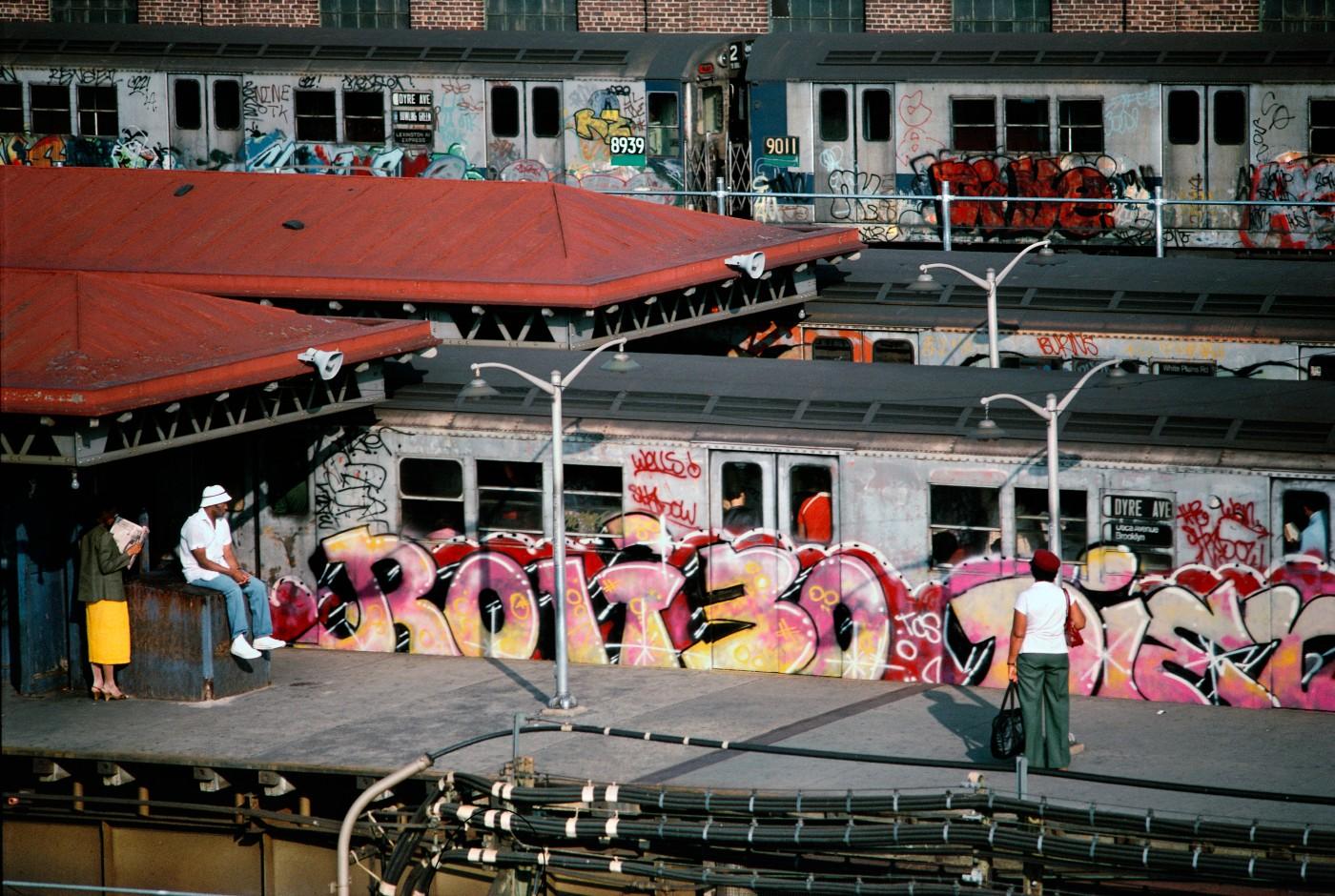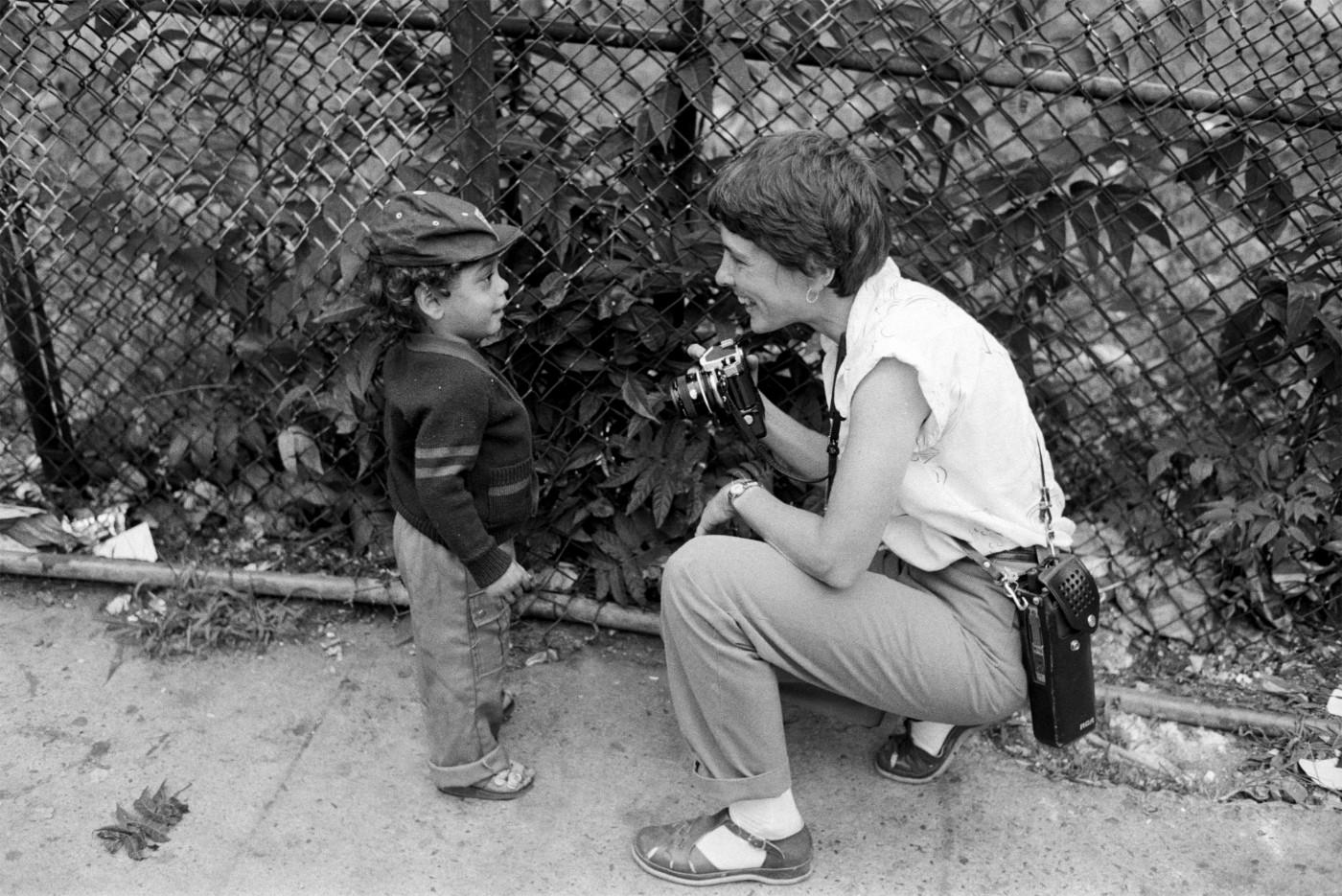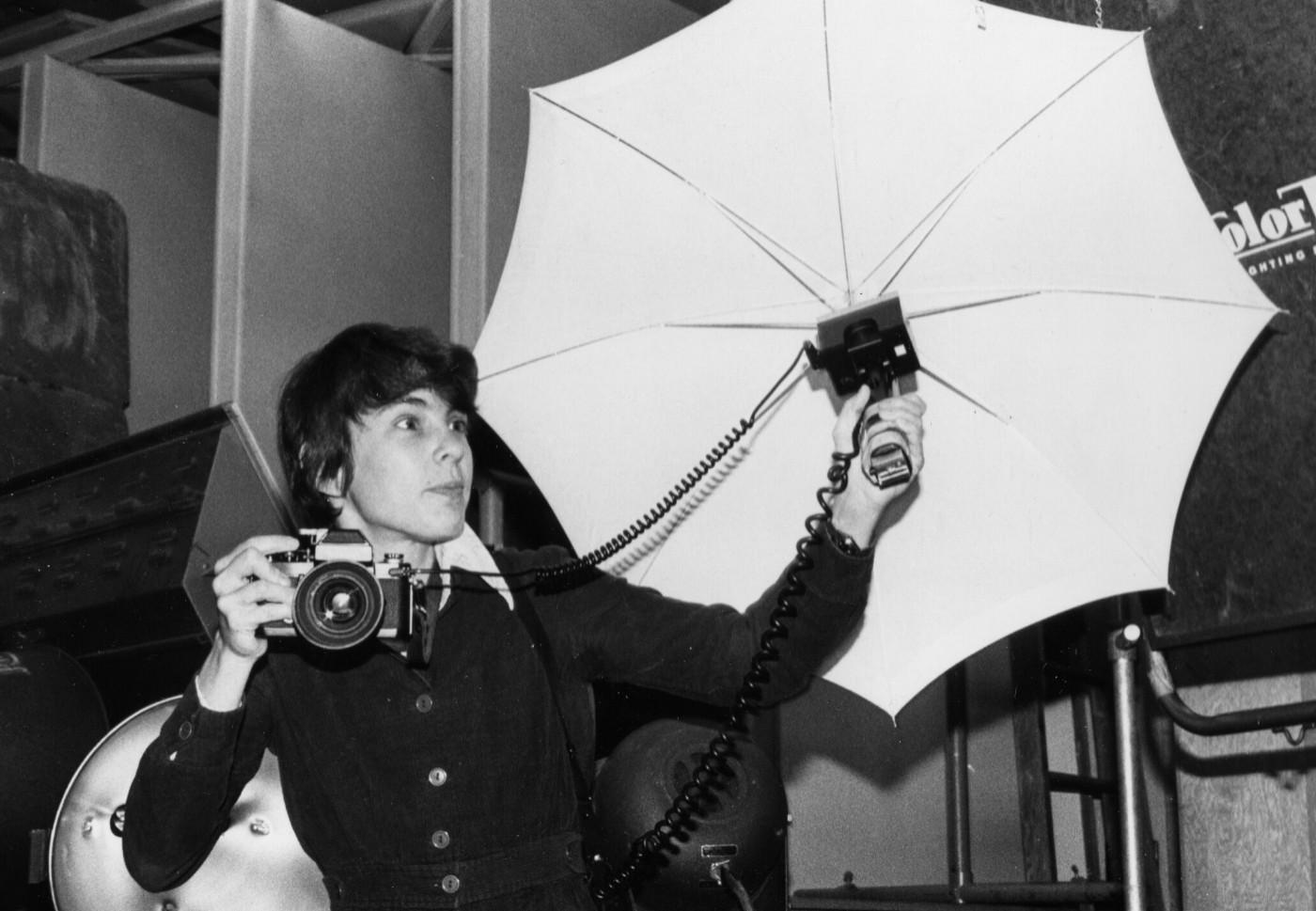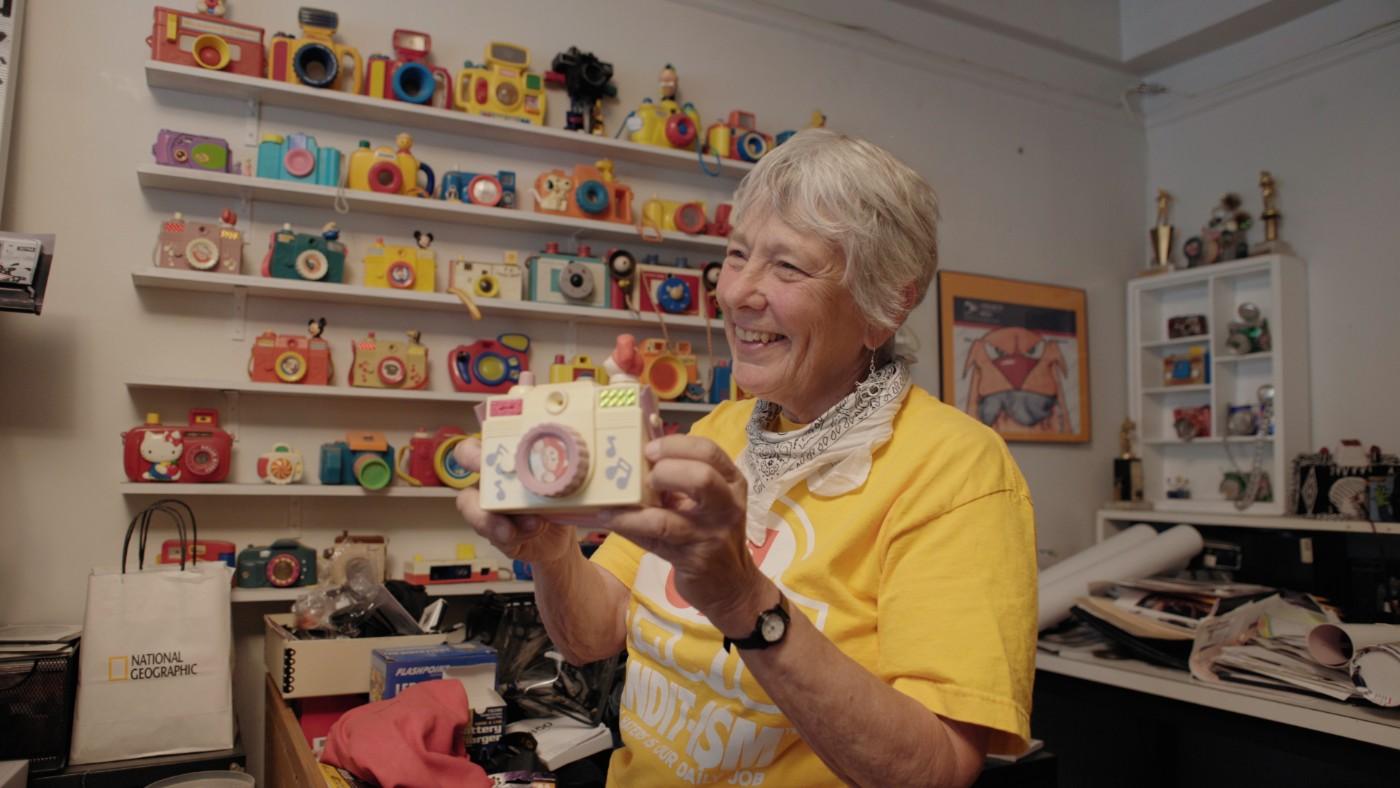“I hadn’t understood, at first, that kids were writing their names,” Cooper explained. “It wasn’t like political graffiti that was anti-something or pro-something. It was just a name, then I began to recognize names and it becomes kind of a game and I got into the game.”
The boy from the Bronx introduced Cooper to one of the most influential graffiti artists of that era, Dondi (aka Donald Joseph White), and soon she was hooked. She started accompanying Dondi when he worked, even spending eight hours with him one night as he covered an entire subway car with his characteristically bright, block letters.




























